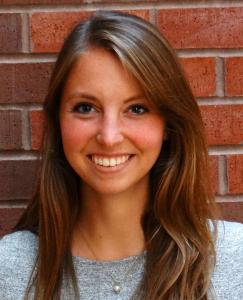In transmission electron microscopy, high-energy electrons damage beam-sensitive materials while imaging, which inhibits studying proteomics and cellular dynamics at the atomic scale. To avoid sample damage while maintaining resolution, the electron dose is often dispersed over thousands of copies of the specimen, which requires precise sample preparation and costly computations. In 1993, Elitzur and Vaidman developed a quantum protocol in which one could measure the presence of an opaque sample without interaction. Quantum protocols, such as the interaction-free measurement scheme, have been proposed as low-dose, high-resolution imaging alternatives for beam-sensitive samples. However, the realization of electron interaction-free imaging requires the development of a scanning, path-separated electron interferometer with high contrast in discrete outputs. In my talk, I will discuss the construction of a two-grating electron Mach-Zehnder interferometer (2GeMZI) in a conventional transmission electron microscope (TEM) and how I used it to (1) demonstrate efficient electron IFMs of an opaque sample and (2) perform quantitative phase imaging. Then I will discuss some of the finer details of the interferometer and current experiments: the use of a weak probe beam, the intricacies of grating efficiencies, and a comparison of holography to our 2GeMZI.
OMQ Seminar: Interaction-free measurements with electrons
By Amy Turner, University of Oregon, McMorran group

- Event Type: Seminar
- Date and Time: 10/18/2021 3:00 pm - 10/18/2021 4:00 pm
- Location: Willamette 240D and Zoom
